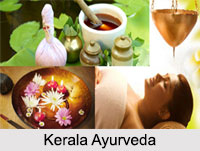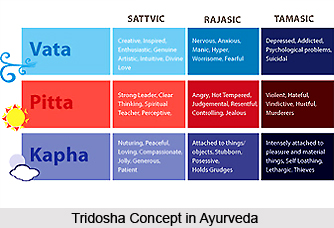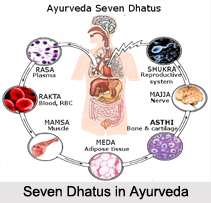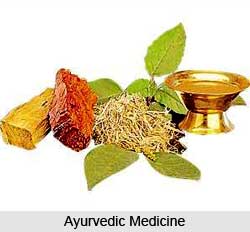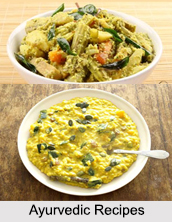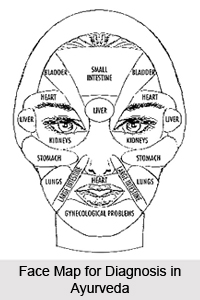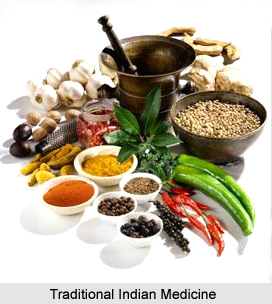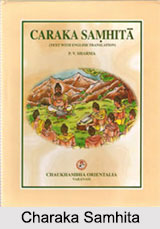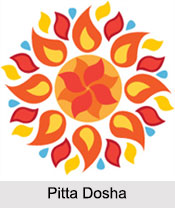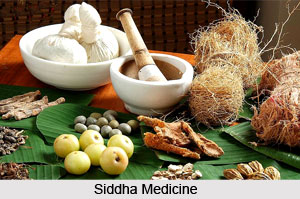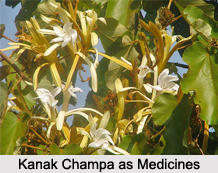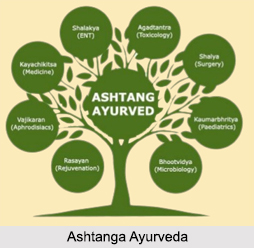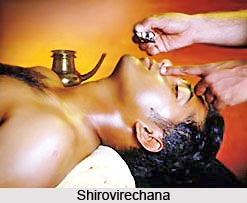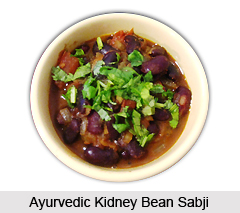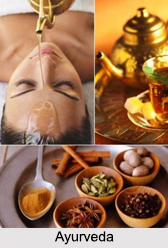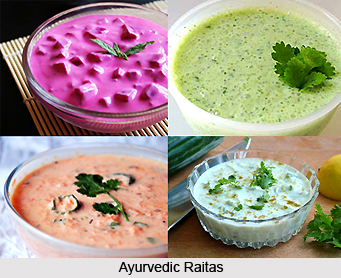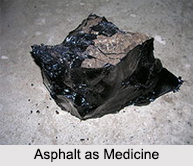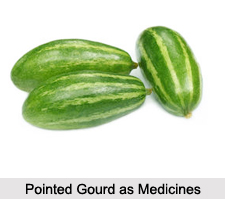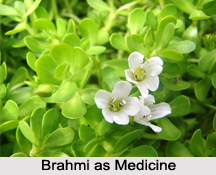 The herb used by the native physicians of Kolkata under the name of Brahmi is the Herpestis Monnieria. This plant is considered a nervine tonic, useful in insanity, epilepsy and hoarseness.
The herb used by the native physicians of Kolkata under the name of Brahmi is the Herpestis Monnieria. This plant is considered a nervine tonic, useful in insanity, epilepsy and hoarseness.
Dose of Brahmi in Medicine
Half a tola of the fresh juice of the leaves with 2 scruples of pachak root and honey is recommended to be given in insanity. The leaves fried in clarified butter are taken to relieve hoarseness.
A powder composed of equal parts of brahmi, Acorus Calamus (Vacha), chebulic myrobalan, root of Justicia Adhatoda (vasaka) and long pepper, is given with honey in the hoarseness of phthisis.
Several ghritas are prepared with the juice of brahmi leaves and various other substances in the form of paste. They are used in insanity, epilepsy and hoarseness. The following is an example.
Brahmi Ghrita: Take old clarified butter 4 seers, fresh juice of brahmi 4 seers, Acorus Calamus (Vacha), pachak root and the root of Canscora decussata (Sankhapushpi), equal parts, in all 32 tolas, in the form of a paste and boil them together till the watery portion is evaporated.
This article is a stub. You can enrich by adding more information to it. Send your Write Up to content@indianetzone.com
Related Articles
Ayurveda
Origin of Ayurveda
Ayurveda Medication
Elements of Ayurveda
Concepts of Ayurveda
Ancient Literature of Ayurveda
